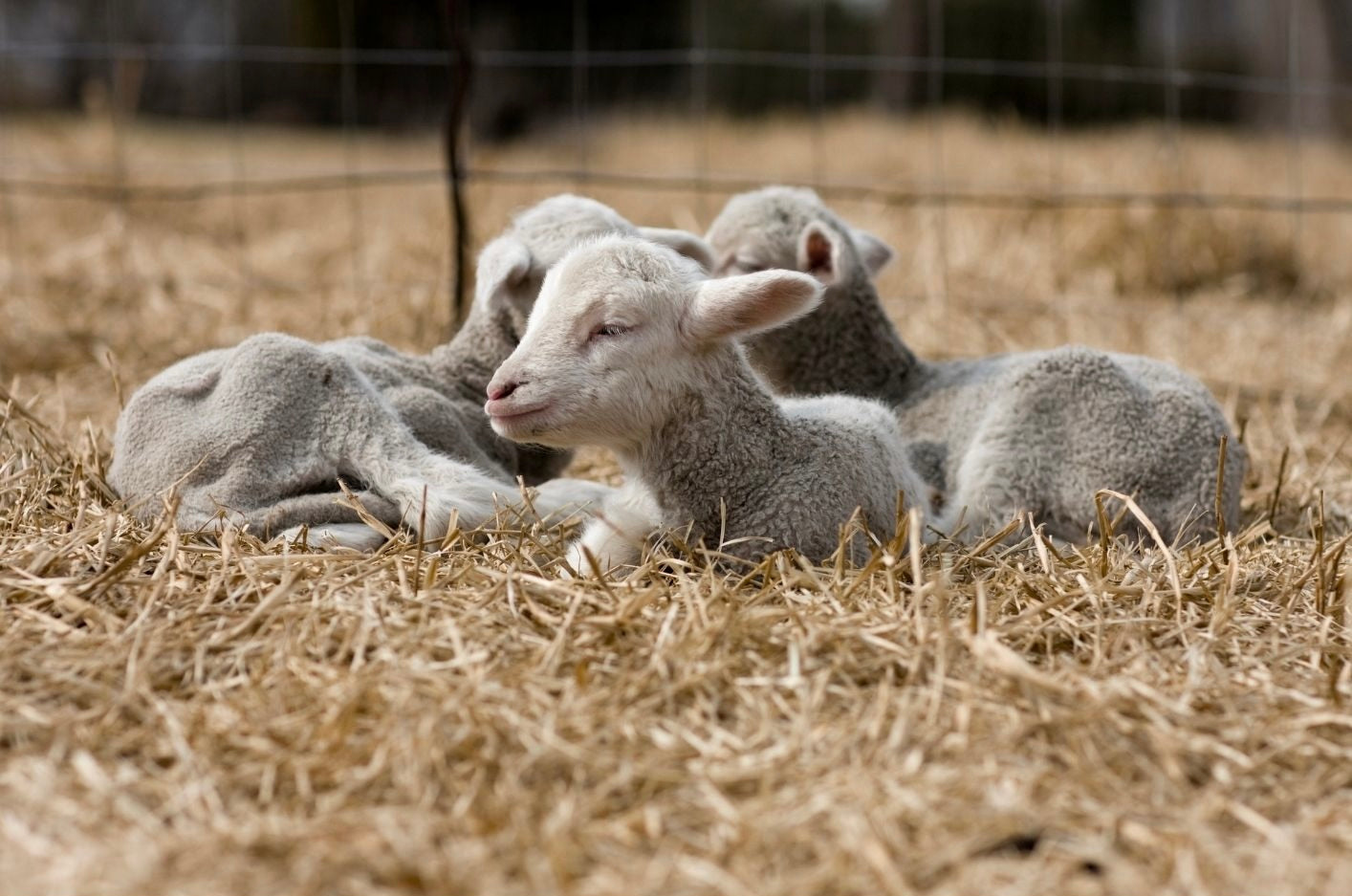The sun is occasionally shining and lots of little pens are being erected on farms up and down the country, which means only one thing… it’s lambing season!

Adam Green. Masterclip’s very own clipper technician, is a farmer himself who knows more than his fair share about lambing. He’s talked about the process below…
Over at my farm, we have 200 Texel Cross breeding ewes and after a lot of fun and games, I finally got them all into the pen to inject them with Heptavac P. For those of you who don’t know what this is, Heptavac P is a combined 7-in-1 clostridial and pasteurella vaccine for the active immunisation of sheep.
It aids in the control of lamb dysentery, pulpy kidney, struck, tetanus, braxy, blackleg, black disease and clostridial metritis, so we’re sure you can see why it’s so important that we get this done.

Once they are all injected, they will be loaded into the trailer and taken back to the farm to get settled into the shed ready to give birth. Whilst there, they are separated into 3 groups because they were all scanned back in December to see how many lambs each sheep is carrying.
The 3 groups consist of singles, twins and multiple births – excitingly, there are 4 sheep this year due to have 4 lambs each!
We have dagged the ewe's this year with the Masterclip cordless Outback shears to help to keep their back ends clean for lambing and its useful for us to get a good view when we're watching the ewes to spot any possible issues during the birth.

 Some years we have experimented with clipping the fleece around the udders of certain breeds to aid the lambs finding the teats.
Some years we have experimented with clipping the fleece around the udders of certain breeds to aid the lambs finding the teats.
Lambing for us starts on the 1st March and continues through to April, peaking in Middle of March. As the ewes approach their expected lambing date, we bring them into the lambing shed and monitor them closely.
As the ewes’ lamb, they are moved into individual pens allowing the ewe and her lamb to bond. Separating them from the flock protects the new born lambs and allows us to keep an eye on both the ewes and lambs more easily.

We can also check that the new-born lamb receives vital colostrum from its mum, which contains all the essential nutrients and antibodies required for the lambs to thrive.
They usually stay in individual pens for around 12 hours and we then put them into small batches for a further two to three days.
Finally, when the lambs are strong enough, they are turned out to grass depending on whether the weather is behaving itself or not. We mark the ewes and their lambs so they can be easily identified in case they get separated when we move them to larger groups or when we release them into the field.

If they haven't already been crutched before lambing, we clean them up before they're turned out, ready for when the spring grass comes through. This should keep the flies away as the weather warms up to see us through until shearing.
Lambing time can be particularly stressful as it demands long hours during the coldest winter months, and the ever-present lack of sleep due to 24-hour monitoring.
Of course, there are also the inevitable lambing complications: stillborn lambs and ewes that despite tremendous efforts by myself, seem determined not to carry on!

Occasionally, we are left with orphan lambs that require a foster mother, so ewes, who have lost their own lambs, provide the ideal solution.
Ewes may need assistance to lamb which can take up to 2-3 hours and breeds such as Texels can experience more problems due to their muscle and size.
Our aim is to move the ewes and lambs outside as soon as possible to take advantage of spring conditions and nutritious grass. Unfortunately, with our climate, this is easier said than done!
Lambs are particularly vulnerable in wet conditions, so they are kept in open fronted sheds to ‘harden’ them off before being turned out to grass in March. This helps them become acclimatised to chillier conditions and the fresh air circulating throughout the shed provides a healthier environment.

Finally, when conditions are right, we turn the ewes and their lambs out to grass. This has a tremendous impact on the flock as we see health and vitality get a boost.
The flock almost trebles in size in the space of a few months, but seeing the lambs outside in the spring sunshine makes all the hard work, sleep deprivation and stress of lambing worthwhile.



